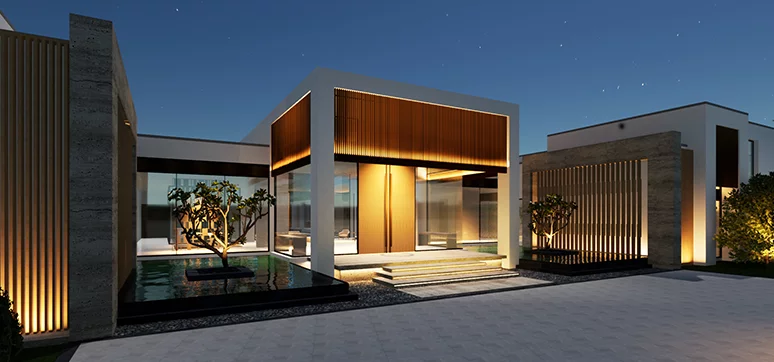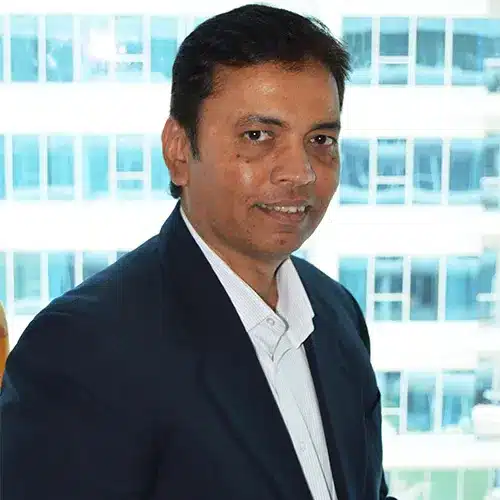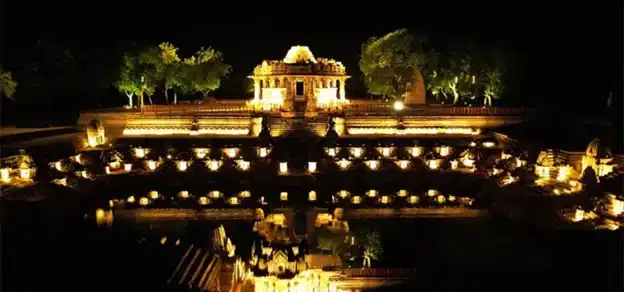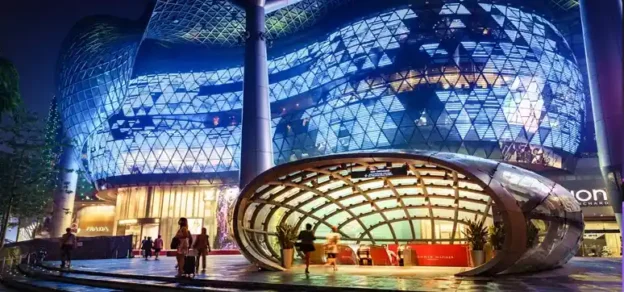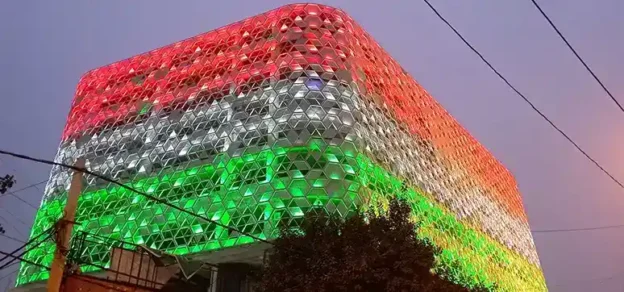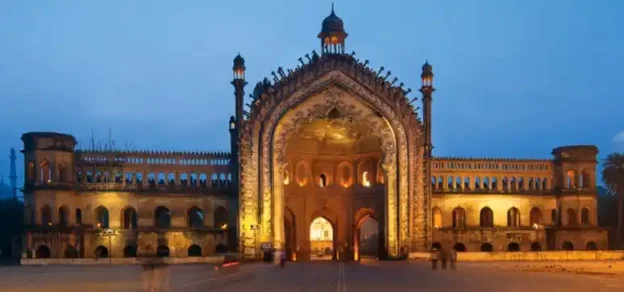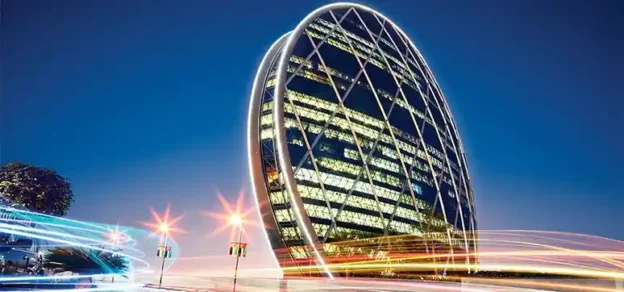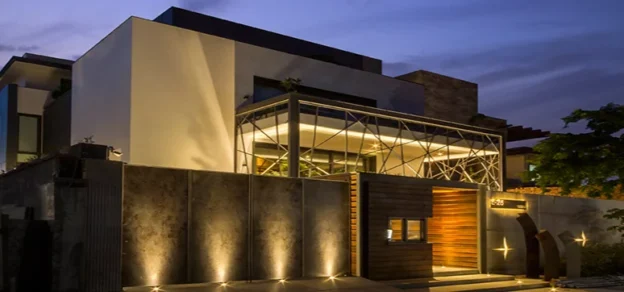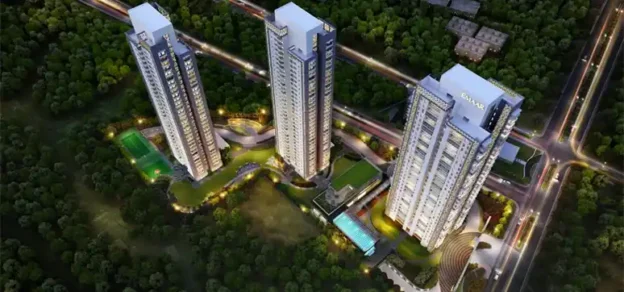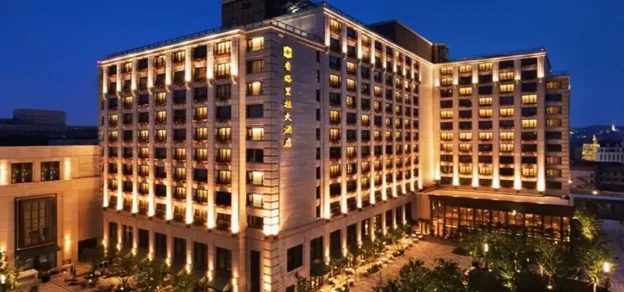The nightlife in cities is becoming increasingly active. This gives the opportunity for the buildings to flaunt their architecture by lighting them up. In other words, provide façade lighting. A street flanked by artistically illuminated buildings generates interest and encourages exploration of the area. It provides a sense of security and improves footfall which in turn promotes nighttime business activity within the area. This is generally true for areas with commercial buildings such as office buildings, hotels, and shopping malls.

However, residential buildings also benefit from façade lighting but it should be subtle as compared to commercial buildings. Owners of Private homes such as villas, mansions, and palaces also prefer to have the façades illuminated for much of the same reasons stated above for the commercial buildings.
There are many ways of illuminating a building. For façade lighting design, the following aspects should be considered:
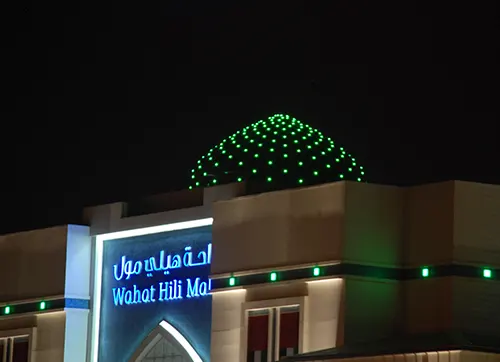
• Type of building i.e., residential/ office/hotel/shopping mall and low rise/high rise.
• Location and visibility of the building i.e., city centre/suburb/ waterfront, etc.
• Environmental impact from installed luminaires such as light spill and pollution
• Proximity and relation with adjacent buildings
• Material of façade i.e., stone/ concrete/glass, etc.
• Integration of luminaire with building architecture
• Ease of access to the light fixture for maintenance
Façade lighting is intended to enhance the architecture of the building. This can be done by illumination of selected elements of building architecture. The shape, colour, and texture of the building can easily be defined by the appropriate selection and placement of luminaires that blend with the façade architecture. Buildings with predominantly light colour matt finish such as painted concrete, matt finish stone, and aluminium panel are generally easy to illuminate as their texture scatters light in all directions making the surface visible from all directions. This phenomenon makes uplighting these surfaces the most viable option for illuminating the facade.
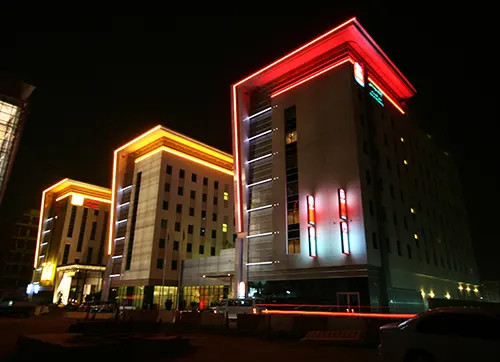
Polished stone and semigloss aluminium façade panels scatter comparatively less light. Therefore, it requires more lumens from the luminaires for uplighting options to produce an equally well-lit surface as the matt surfaces. Such surfaces would give better impact if illuminated with luminaires at the top of the façade facing down. Uplighting to glass façades generally does not work unless the glass is textured or etched i.e., has a rough surface. Uplit glass building especially the ones with colour-changing light appears illuminated due to the light reflected from matt surfaces such as the frames holding the glass panels. Most of the light enters the building which causes a nuisance of discomfort glare to the residents.
The remaining light is reflected up into the sky which contributes to light pollution. Downlighting from the top will also not work as one will see the reflected image of the light fixtures possibly causing discomfort glare to pedestrians in the vicinity of the building. Such buildings are well highlighted by light sources embedded in the building façade elements such as glass frames or by backlighting the frosted glass panels.
The advent of LEDs has expanded the design possibility with this lighting technique due to their availability in a variety of sizes and shapes, longer life spans colour-changing ability, and high efficiency. With the help of LEDs, ways of illuminating glass façades have increased manifold. From simple dots and lines of light that define the shape of the building to complete glass façade being covered with LED dots or lines for displaying media content, LEDs have come a long way in facilitating how we can illuminate building façades.
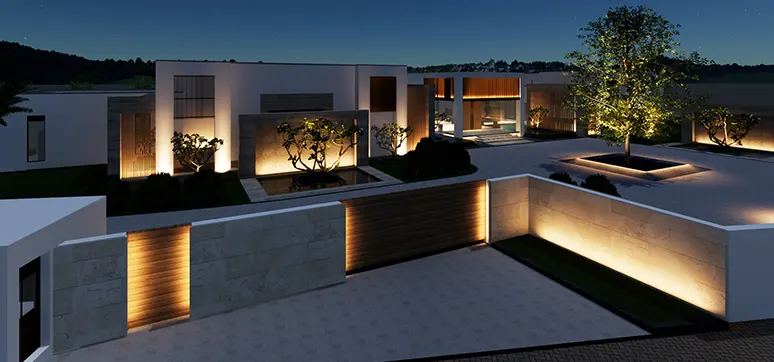
Even the classic uplighting of matt surfaces has been improved by LED luminaires due to their small size and high lumen output. LED luminaires can be easily integrated within the architecture such that they are not prominent during the daytime.
Façade lighting although has so many benefits but could also be detrimental to the environment if not designed, installed, aimed, and controlled properly. The uplighting technique is the major contributor to light pollution and skyglow. This is because luminaires located close to the illuminated vertical surface have to be aimed almost parallel to the surface resulting in the majority of light escaping into the night sky. This is made worse by the use of luminaires with high spillage beyond their rated beam angle and incorrect aiming.

Light pollution disturbs the nocturnal behaviour of the birds and insects which in turn affects plant pollination. It also affects us, humans. LED lights have higher blue colour content as compared to HID lamps. The blue light causes a slowing down or stopping of the release of the sleep hormone melatonin which makes us harder to sleep. Therefore, façade lighting especially in cool white, and blue colours must be carefully applied to the façades. Light spill can be mitigated by moving the luminaires away from the surface and aiming them towards the façade such that all light is incident on the façades. Using louvres, and cowls would help control light spillage. The possibility of washing down the surface must also be investigated to eliminate light spilling into the sky.
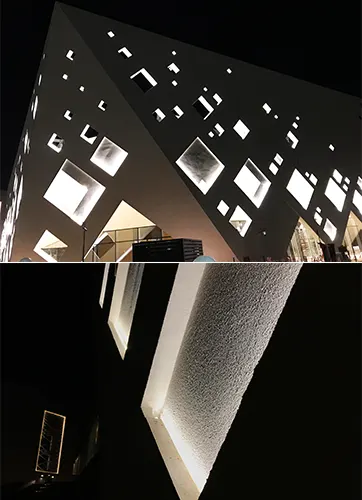
Light pollution can be further reduced by dimming or rather switching off all non-essential decorative feature lighting late at night say after midnight leaving only the security and minimal brand identification lighting on the façade. There are other lighting elements that contribute to the façade lighting. Interior lighting which will be visible through windows is the most prominent element. It cannot be controlled with the façade lighting. Therefore, it is a varying element that contributes to the overall nighttime view of the building. Façade lighting is not complete without functional lighting.
Functional lighting is generally required for wayfinding, highlighting level changes and changes in direction that are located in the immediate vicinity of the building such as entrances, ramps, steps, building corners, etc. Facade lighting at the street level will also provide or contribute to the functional lighting. For example, surface-mounted wall grazing downlights mounted to highlight columns would also illuminate the floor below thus contributing to pathway lighting where required. Therefore, both lighting elements must be coordinated in order to minimise the number of luminaires used, thus reducing budget and energy costs. The luminaires selected must suit the architecture for daytime viewing.
Landscape lighting such as tree lighting and illumination of pedestrian vehicular pathways and seating areas must also be considered while designing façade lighting as these become prominent when one approaches the building entrance. Some lighting elements would be mounted on the building. Therefore, their design and performance must be considered.
In conclusion, there are a lot of factors that affect the façade lighting design from the crown to the landscape at the bottom. These must be carefully considered as they impact the building as well as its surroundings. Following is an example of façade lighting where we have considered most of the factors described above.
The picture shows an example of how careful selection of the facade elements to be illuminated can bring out the shape of the building. This is the facade of the main entrance to a Private Villa in Dubai. The focal point of the façade lighting is the main entrance which has a gable roof arch. The walls of this arch are illuminated by linear uplights recessed within the floor. The light fades off as it reaches the top and is picked up by the sloped soffit thus defining the shape of the arch. Wider light beam distribution covers a major part of the soffit.
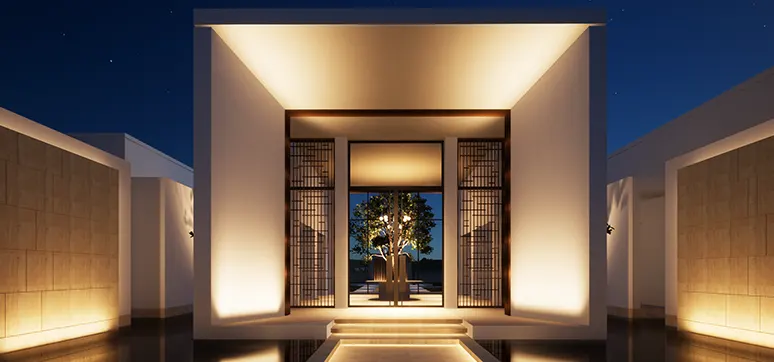
As the luminaires are placed away from the main thoroughfare of the entrance pathway, they will not cause any glare unless one comes close to the fixtures. During the day these luminaires are discreet as they are installed flush with the ground. Concealed linear lighting is used to highlight steps. As the client does not like bollards, the landscape is raised above the pathway creating a step detail that conceals the linear lighting that illuminates the pathway and drop-off area. 4 feature walls on either side of the walkway sit proud of the main building. This gives an opportunity to create a floating effect by concealing linear lighting behind the periphery of these walls. The facia of these walls is also illuminated to complement the outer stone façade near the drop-off. No lighting has been placed in the water as it will act as a mirror to reflect the illuminated arch, walls, and trees. Interior and landscape lighting also contribute to the overall nighttime view of the building.
